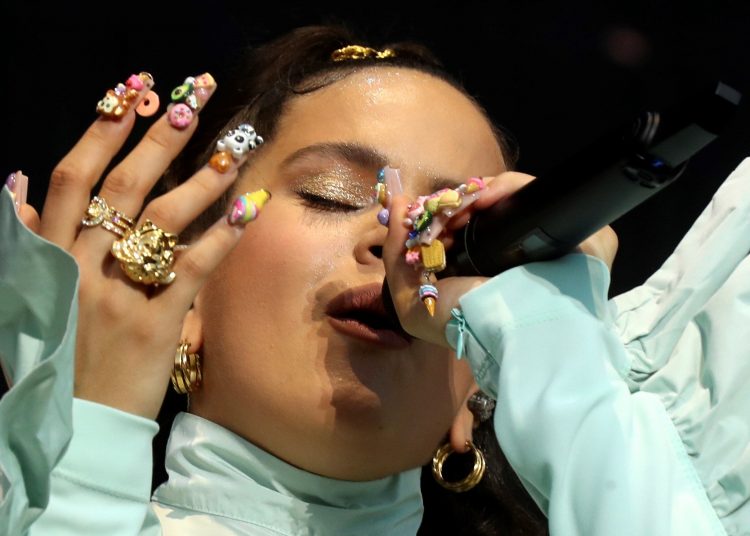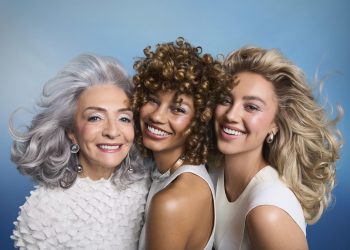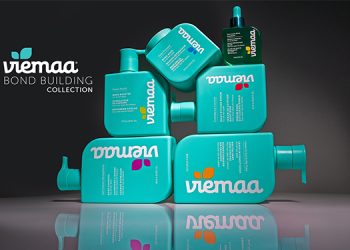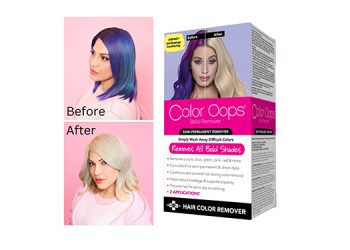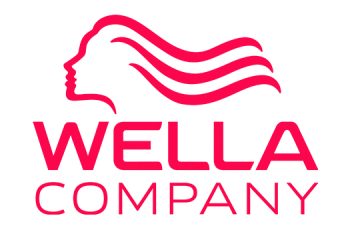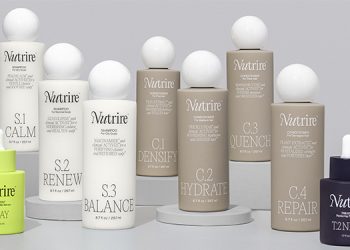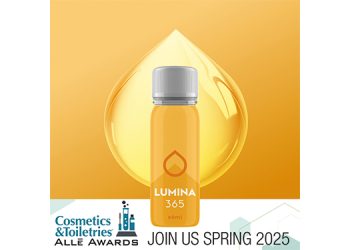With a market value estimated at USD 19,1 billion in 2021, it is clear that, in a matter of manicures, scratching and winning everything is just starting. The figures revealed by the different analysts of the always buoyant beauty sector regarding the nails fever are impressive: in the United States alone, annual profits are around 5,000 million euros.
t is clear why it is impossible to take two steps down any street without coming across these temples dedicated to cleaning, polishing and giving splendor to hands and feet; or surf the net without finding hundreds of online stores selling nail decoration.
A symbol of distinction and status until not too long ago, getting your nails done today is a routine that knows no class, age or even gender. From that French manicure, which was required on special occasions in the usual hairdresser’s, he has moved on to jobs that are close to goldsmithing. And that they are carried out in specialized beauty centers as well as in islands in the middle of shopping centers, cute nail bars and, of course, salons run by the Asian community.
With prices that oscillate between 7 ( low cost manicure) and 25 euros and an addicted clientele capable of repeating every week, the business is served: a successful franchise like the Spanish Nails Factory can pocket almost two and a half million euros annually. Internet is another world, products from 2-3 dollars are easy to find to do the nails at home.
Beyond the fashions , behind this phenomenon a social argument can be guessed. It is not strange that most of these businesses are in the hands —never better said— of immigrants, turned into entrepreneurs via manicure. This is the case of Maritza Paz, a young Peruvian established in Cerdanyola (Barcelona) to whom Rosalía owes everything she has to do with her acrylic nails. Owner of the popular Dvine salons, Paz is a self-taught person who learned the art of sculpting by soaking up YouTube tutorials and who, almost five years later, can’t keep up with WhatsApp appointments. “Uñas de Dvine have already copied them from me”, recites the interpreter of Malamente in her ode to nail art that is Aute Cuture.
From those kilometric nails with which the African-American Olympian Florence Griffith broke the 100-meter dash record in 1988 to the gelatinous extensions of the Kardashians, passing through the claws of the biggest rappers in the kingdom (Foxy Brown, Lil’ Kim, Mary J. Blige), the art of fantasy manicures has always responded to female aspirations for power and position in the ghetto. A gesture of an empowered diva. Linked to urban fashion and neighborhood aesthetics, if today it has managed to transcend the conventional barrier of good taste, it is because it is associated with those millennial values of individuality and, above all, authenticity, which celebrate the personality of those who wear nails. barbarically sculpted like Cardi B, Ariana Grande, thereggaeton star Becky G or the Spanish Bad Gyal and La Zowi.
Kito, founder of Sweetworldofnails comments: “Nail art business in internet has been growing the last 10 years but during the pandemic, with everybody trapped at home, we had a huge increase of sales of nails decoration products because people was making their own nails at home to feel good”.
Rosalía herself responded in a statement to the British newspaper The Guardian : “Having long nails is a radical symbol of feminism, very extreme. It means so much more than being pretty, it’s power.” Welcome are the gels, the acrylic extensions, the stickers, the hairpieces made with 3D printers (the StyleMate) and even the decorative motifs with a QR code to see in augmented reality the new ways to remove the claws.
The Nailympics will account for all this, the Olympic games of nails that will arrive in Spain in mid-October. Orchestrated by Lysa Comfort —founder of the firm Charisma Nail Innovations—, the international competition, which has already passed through London, Los Angeles, Seoul and Rome, will be the highlight of the next edition of Salón Look Madrid, the cosmetics fair organized by Ifema. As a display of feminism, the matter is still under discussion, but with nail photos in the top five of the most viewed content on Instagram, their power as a source of likes is indisputable.


